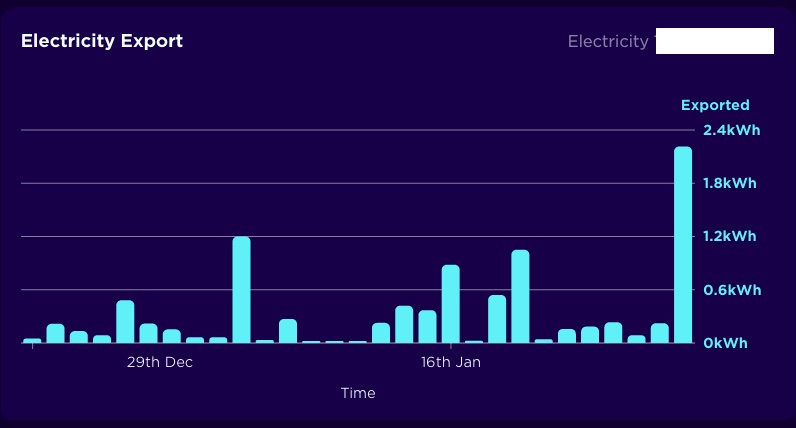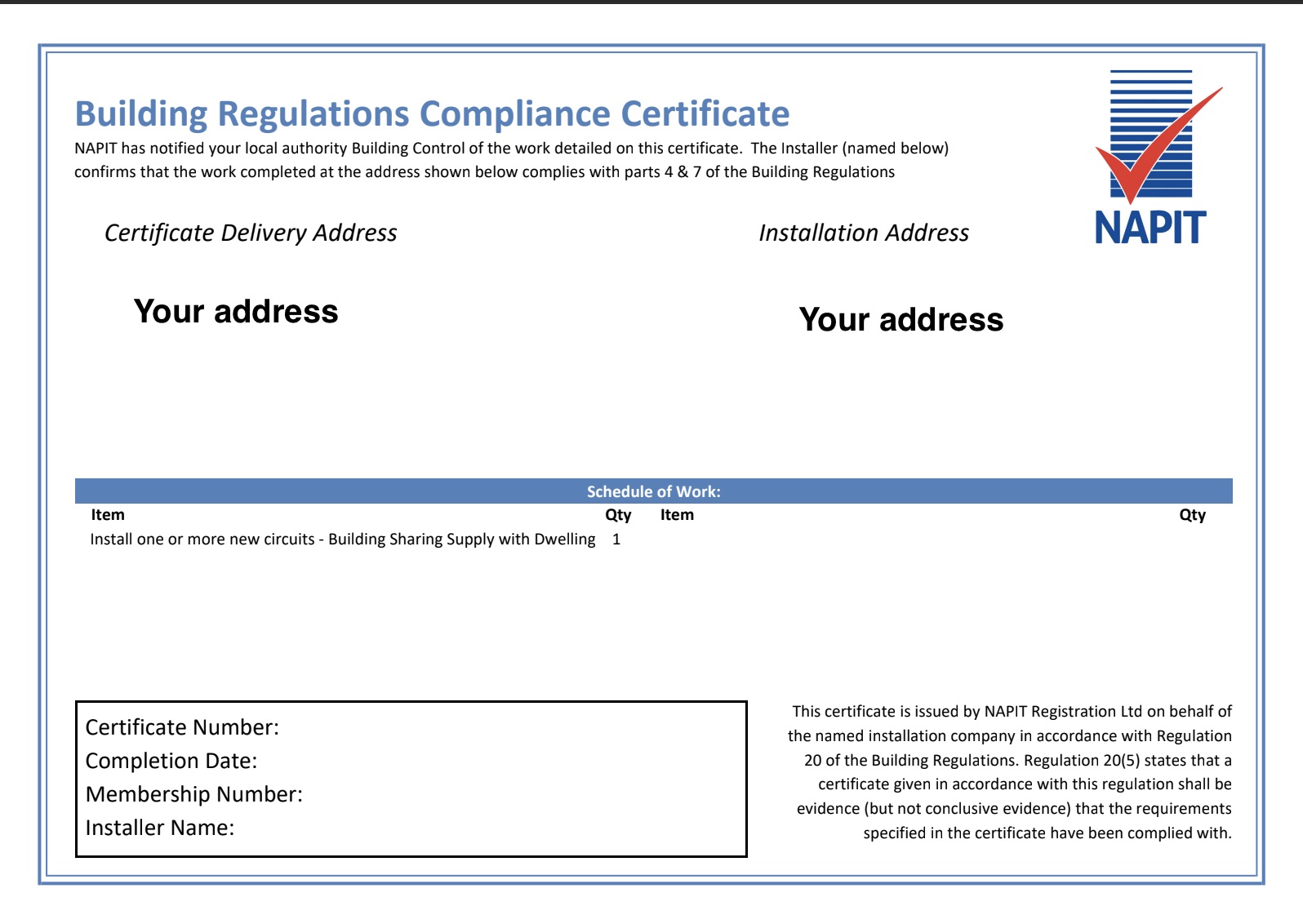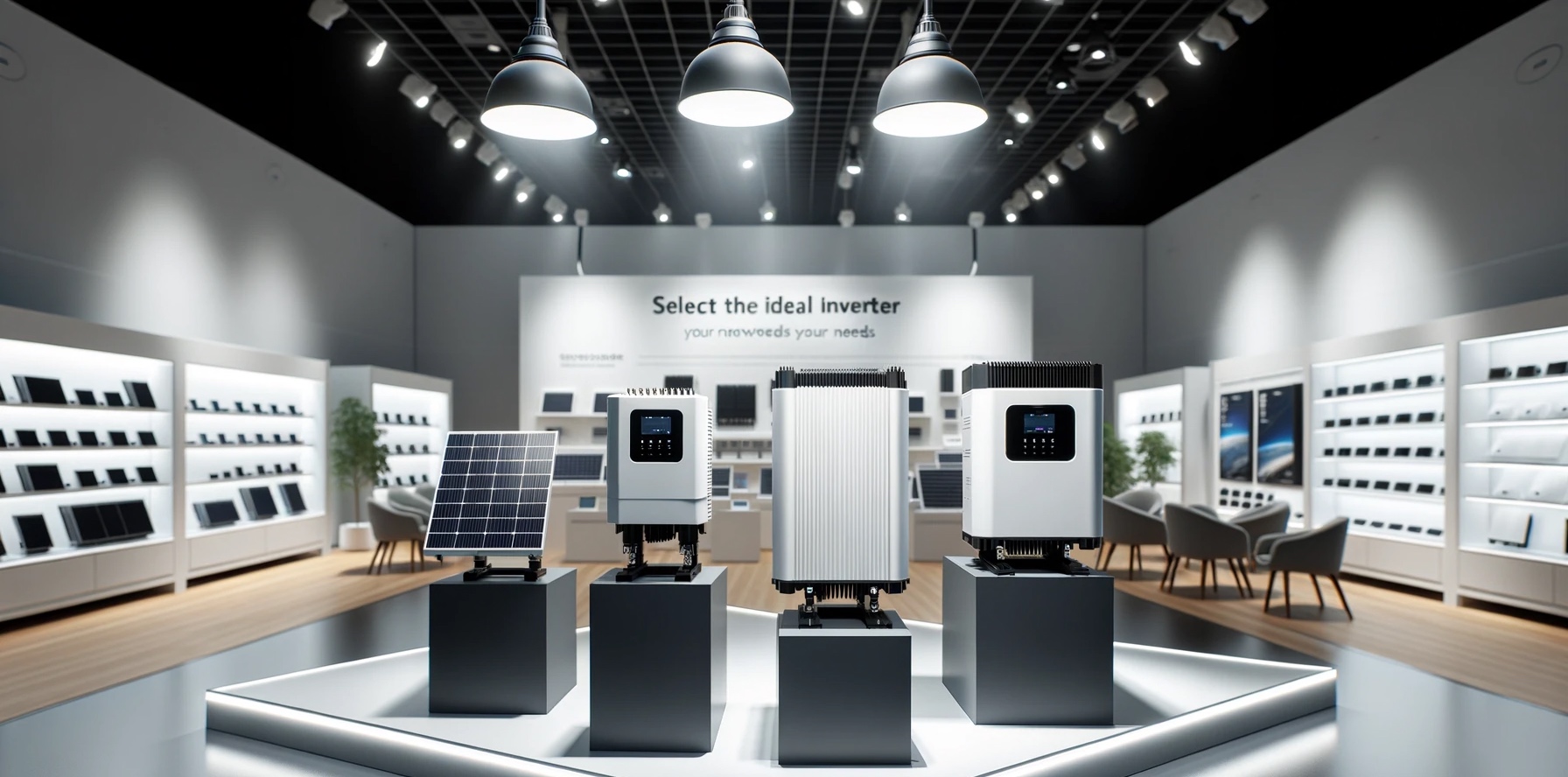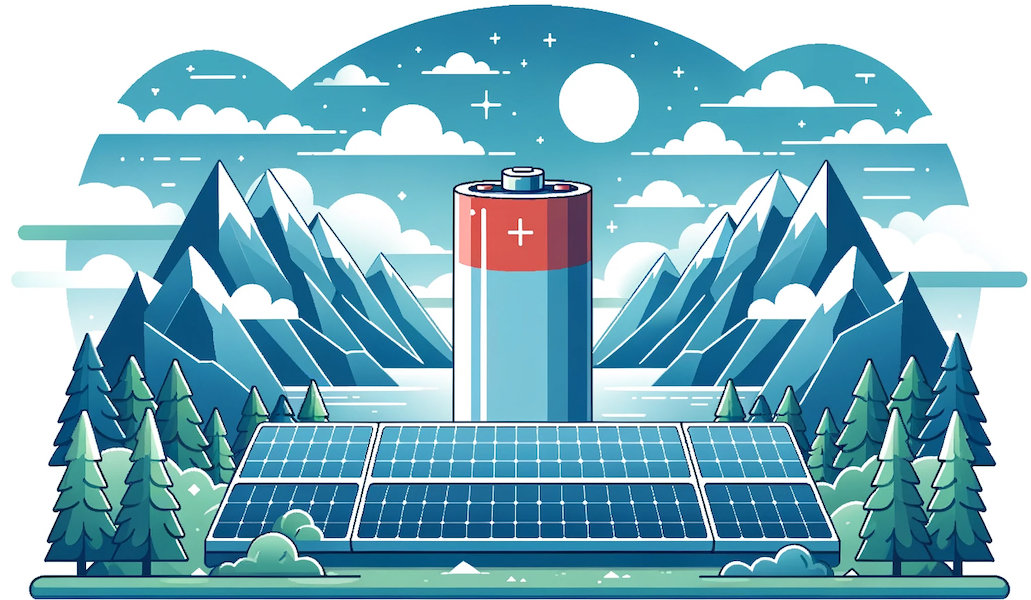Export Power and Earn From Your DIY System Without MCS
There is a referral link to Octopus Energy in this article. I earn a referral fee from this link.

A good home solar energy system has sufficient capacity to match your home’s electricity needs and some extra capacity to offset the effects of bad weather. You can export the excess energy your system produces in good weather conditions. In this article I will show you how to register your system, point you to the correct links and share my experience.
In This Article:
Why Export Energy From DIY Solar Panels?
Many DIY solar energy systems start with “for home consumption solely” designation. In of itself this premise reduces the energy bills significantly, but selling the excess can improve the financial aspect still further.
Registering your DIY solar system for export with Octopus Energy offers several advantages over solely using the electricity you generate:
Monetization of Surplus Energy: By exporting excess energy, you can earn additional income through tariffs like Outgoing Agile and Outgoing Fixed, which can provide a steady revenue stream.
Tariff Type Rate per kWh Annual Savings (Approx.) Outgoing Agile Variable £500 - £800 Outgoing Fixed 15p £400 - £600 Outgoing Fixed Lite 8p £250 - £400 In my experience homeowners in the UK should be overpaneling their home solar energy systems to counteract the low harvest in winter. Registering your system for export can further reduce the unrealised potential of overpaneling in optimal conditions.
Energy Efficiency: Exporting energy ensures no surplus is wasted, maximizing the utilization of your solar system.
Financial Predictability: Fixed export tariffs offer predictable returns, allowing for better financial planning.
Grid Contribution: Contributing to the grid supports overall energy stability and reduces reliance on non-renewable sources.
Can You Export and Sell Energy From Your DIY Solar Energy System?
Yes, a novel trial scheme from Octopus Energy welcomes DIY solar energy sytstems. The scheme started in the summer of 2023.
Other utility companies offer export tariffs, too. However, apart from the Octopus export tariff, selling energy to the grid via other utility companies inevitably requires MCS-certificates.
Before I discovered this sheme, I researched the possibility of acquiring MCS certification for my DIY solar energy system. My research concluded that DIY systems cannot be MCS-certified.
Octopus Energy Trials Export From DIY Systems
Octopus Energy offers an innovative scheme for homes with solar panels, battery storage, and other renewable energy generation systems. The scheme allows such homes to sign up for an export tariff. Thus selling excess energy to the grid. This scheme, known as Outgoing Octopus , provides two tariff options: Outgoing Agile and Outgoing Fixed.
- Outgoing Agile: This tariff matches your half-hourly export prices with day-ahead wholesale rates. It’s particularly beneficial for those with energy storage who can adapt their energy usage, allowing them to sell electricity when prices are highest and use energy when prices are lowest. This tariff is uncapped and adjusts based on the wholesale market.
- Outgoing Fixed: This tariff offers a fixed rate of 15p per kWh for every unit of exported energy. It’s suitable for those seeking predictability and a consistent return. A Lite version of this tariff is also available for Octopus Go customers, offering an export rate of 8p per kWh.
The scheme is designed to accommodate various forms of renewable energy generation, not just solar PV. It’s also tailored for those using home batteries or vehicle-to-grid chargers, enabling customers to charge their batteries at low-cost periods and export energy during high-demand periods, maximising their returns.
DIY With Respective Care and Compliance
Installing solar energy systems involves dangerous electrical work. For the protection of homeowners, string standards of safety and care apply to specific jobs. For example, adding new circuits to a consumer unit is notifiable to local Building Regulations authorities.
Octopus Energy requires relevant certificates for Building Regulations Compliance. Connecting a solar inverter to the grid requires a dedicated circuit. Therefore, a Competent Person has to install the new circuit and issue the relevant EIC and Building Regulations Compliance Certificate.
Additionally, systems with FlexiOrb certification are eligible for registering with Outgoing Octopus, too.
So, with the caveats clarified, let’s see how exactly the process goes.
Process Outline
The proces is simple and efficient.
- Fill in a form providing your details and the details of your system
- Pay the application fee
- Provide the required documents for evidence
The sign-up process for the Outgoing Octopus scheme stars with filling in a form and accepting the terms and conditions. You will provide your customer account number and personal details. You must also confirm you are happy to pay a fee for the application process. At the time of writing, the fee is £250. In case of an unsuccessful application you get a partial refund and pay only £100.
You will receive an email for the payment request. Payment is not part of the initial application process.
Several days after you fill in the form, Octopus will email you with request the payment. Once you complete this Octopus, start the process of creating an export MPAN by the Distribution Network Operator (DNO) on your behalf.
Sign-up Process Requirements for DIY Systems
This guide assumes:
- You have notified your Distribution Network Operator. From that process, you should have a response with acceptance of your request to connect; you need this response.
- You are an Octopus Energy customer. If you aren’t on supply with Octopus Energy, you can use my referral link and get £50 in your account balance, I will get £50, too.
- You have a smart meter. Smart meters measure energy import and export. Octopus Energy will use the smart meter export reading to calculate your earnings from exporting energy.
The documents you will need
- Confirmation of Network Operator (DNO) notification - G98 or G99
- One of:
- FlexiOrb certificate - optional
- Evidence of Building Regulations Compliance for the notifiable electrical installation work.
– EIC – Building Regulation Compliance Certificate - e.g. NAPIT
Example NAPIT - Building Regulations Compliance Certificate
How Long Does it Take To Register Your DIY System for Export
There are no guarantees or timelines. I registered for this scheme and my application process took around 3 weeks from the moment I filled in the form to the final confirmation that I am on supply with the Outgoing Fixed tariff.
Conclusion
This scheme represents a significant step towards leveraging renewable energy resources effectively and offers an excellent opportunity for households to earn from their excess green power.
It’s especially appealing to DIY solar energy system owners who can now benefit financially from their surplus energy.
These homeowners built DIY solar energy systems to save on energy bills and hedge against future price increases.
Naturally, such systems place a strong emphasis on cost reduction.
Hence, an additional expense for MCS-certified installation makes little sense for many of them.
Nevertheless, this is a trial scheme. Consider your circumstances and weigh in the benefits carefully against the fees.
Did you like this article? Would you like to share your feedback? Head over to Solar Energy Concepts, where you can talk about this article and share your thoughts.
Back to TopSee Also
 The Joy of Independence and Security From Energy Price Hikes
The Joy of Independence and Security From Energy Price Hikes
 Solar Panels Inverter: Hybrid vs. String vs. Microinverters
Solar Panels Inverter: Hybrid vs. String vs. Microinverters
 Home Battery Storage For Solar Panels And Flexible Tariffs
Home Battery Storage For Solar Panels And Flexible Tariffs
 Solar Panel Guide: Size, Electricity Generation, and Output
Solar Panel Guide: Size, Electricity Generation, and Output
 Save With Battery Storage Without Solar Using Octopus Energy
Save With Battery Storage Without Solar Using Octopus Energy

